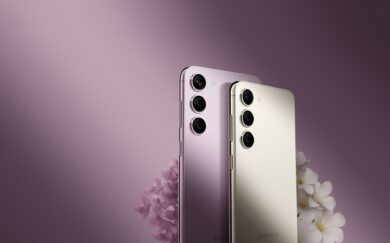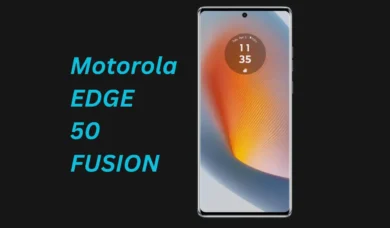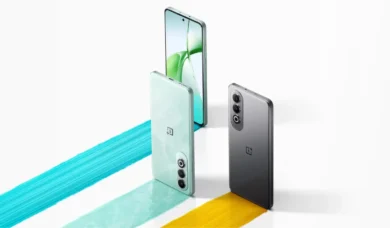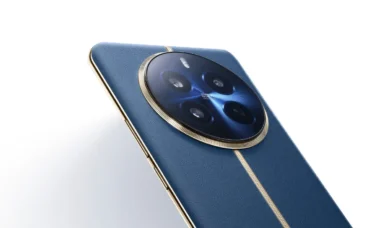Nothing Phone 2: Should You Buy it in 2024
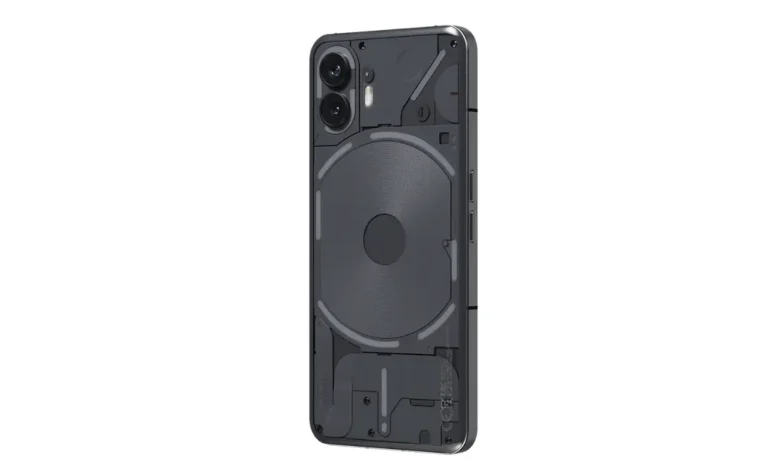
The Nothing Phone 2 might look strikingly similar to its predecessor, the Phone (1), but don’t let its familiar design fool you. At first glance, you might notice the slightly more rounded glass on the back and the lighter gray hue. However, beyond these subtle tweaks, the Phone (2) offers a lot more under the hood, proving that the similarities are only skin-deep.
Table of Contents
Nothing Phone 2: Design Remains Familiar
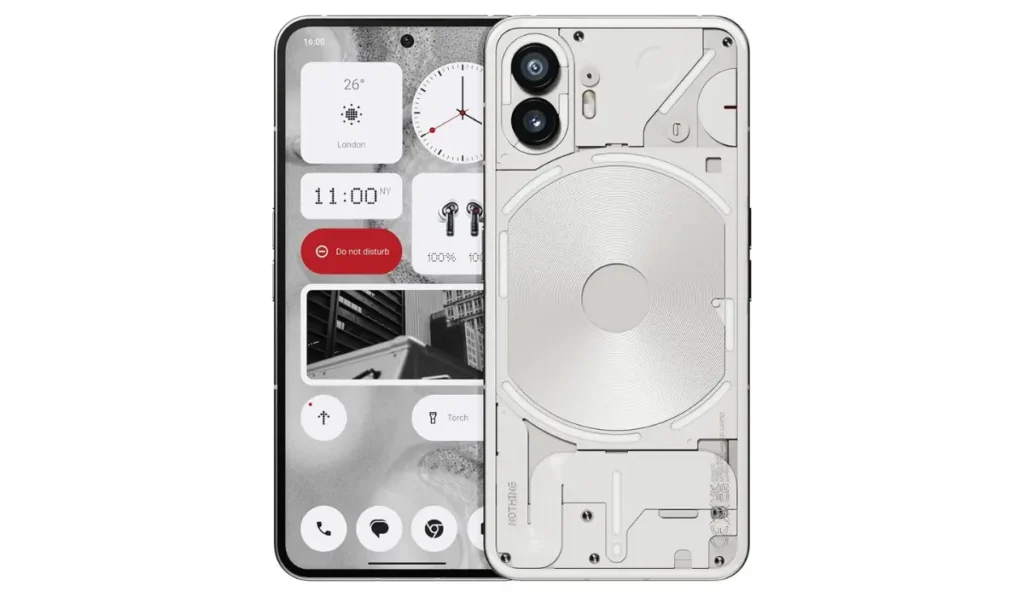
When the design of the Nothing Phone (2) was first revealed, many users expressed disappointment that it didn’t deviate much from the Phone (1). However, this criticism misses the point. As a new company, Nothing is still establishing its identity. For a brand just two years old, drastic changes in design would make it difficult to establish a recognizable aesthetic. So, while the glass is a bit more curved, and there are adjustments to the LED zones, the Phone (2) maintains the core elements that make it unmistakably a Nothing device.
Nothing Phone 2: More Than Meets the Eye
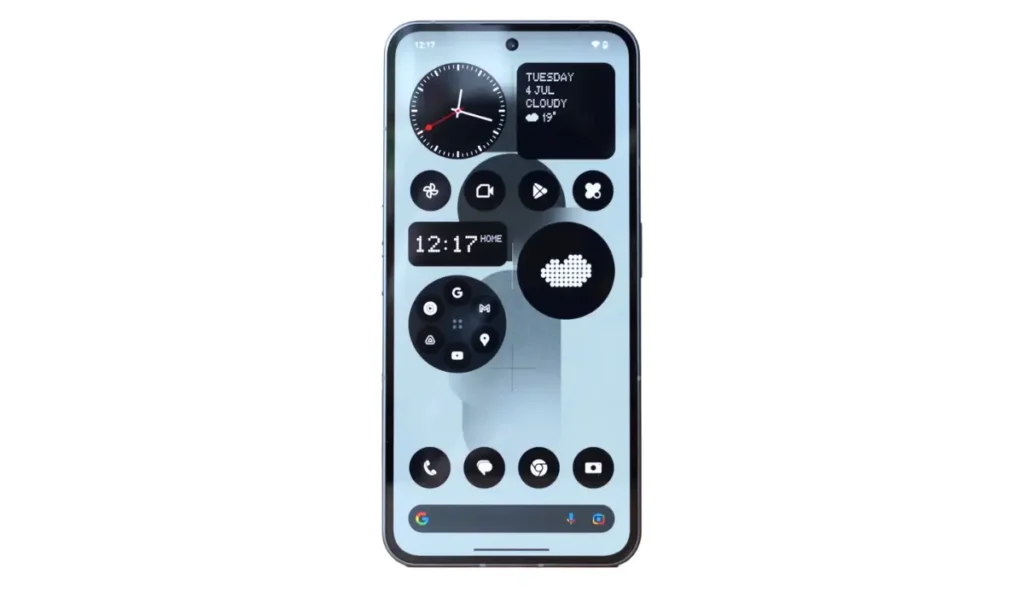
While the design has evolved subtly, the real improvements in the Nothing Phone (2) lie beneath the surface. After using the device for two weeks, it is clear that the Phone (2) feels more premium overall, even if it doesn’t always show in the specs.
The display, for example, is much brighter, with a peak of up to 1600 nits, making it far more visible outdoors. It retains the same 1080p resolution and 120Hz refresh rate, but it’s now LTPO, allowing for dynamic refresh rate adjustments. The selfie camera hole has also been moved to the center, and the bezels have been slightly trimmed, creating a slightly larger, more refined display.
Nothing Phone 2: Performance Upgrades
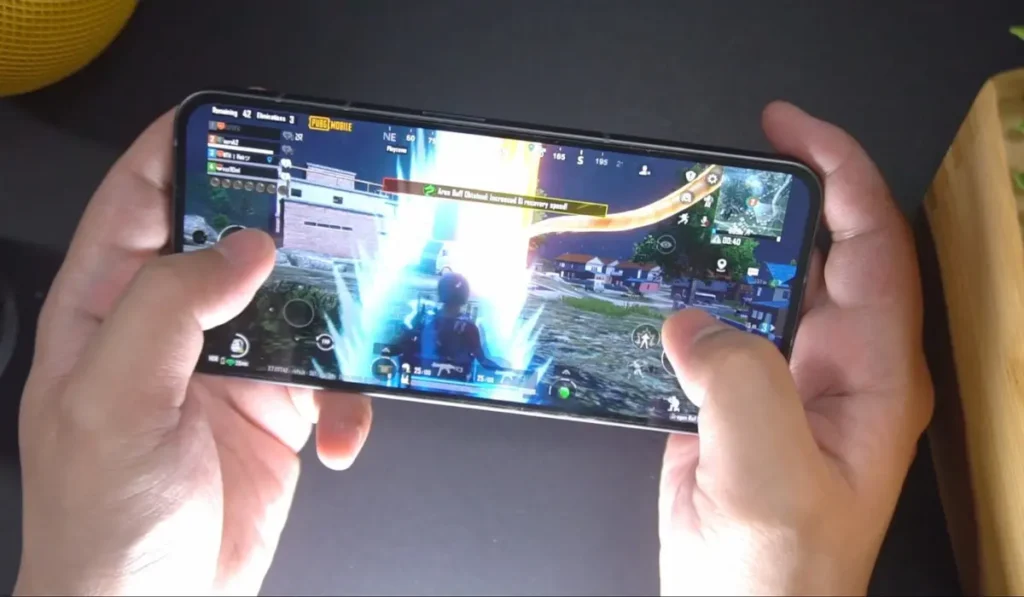
Under the hood, the Phone (2) is powered by the Snapdragon 8 Plus Gen 1 chip, a last-generation flagship chip that is a significant upgrade from the Phone (1), but not quite at the level of the newest Snapdragon 8 Gen 2 found in some high-end phones today. The base model comes with 8GB of RAM, but the version tested had 12GB, and it ran smoothly with dynamic refresh rates, offering a responsive experience most of the time.
However, there were some quirks, including occasional performance hitches and thermal warnings, especially during wireless charging. Despite these issues, the overall performance was solid, with Nothing’s unique software experience standing out.
Nothing Phone 2: Software with Character
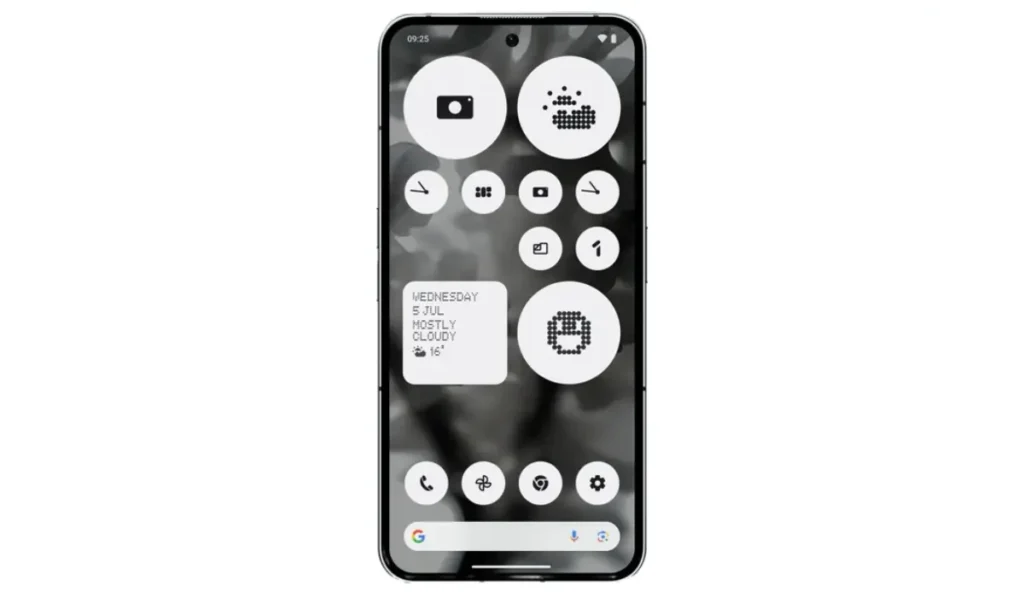
Nothing OS 2, the software skin on top of Android 13, is filled with unique tweaks and features that give the Phone (2) a distinct character. From customizable icon sizes and redesigned home screen folders to the ability to add quick settings as widgets, the Phone (2) offers an experience that is both playful and practical.
Nothing’s signature “Dot” fonts and motifs are present throughout, from the brightness and volume sliders to the lock screen widgets. While some might consider these features gimmicky, there’s no denying they add a unique flair to the user experience.
Nothing Phone 2: Enhanced LED Features
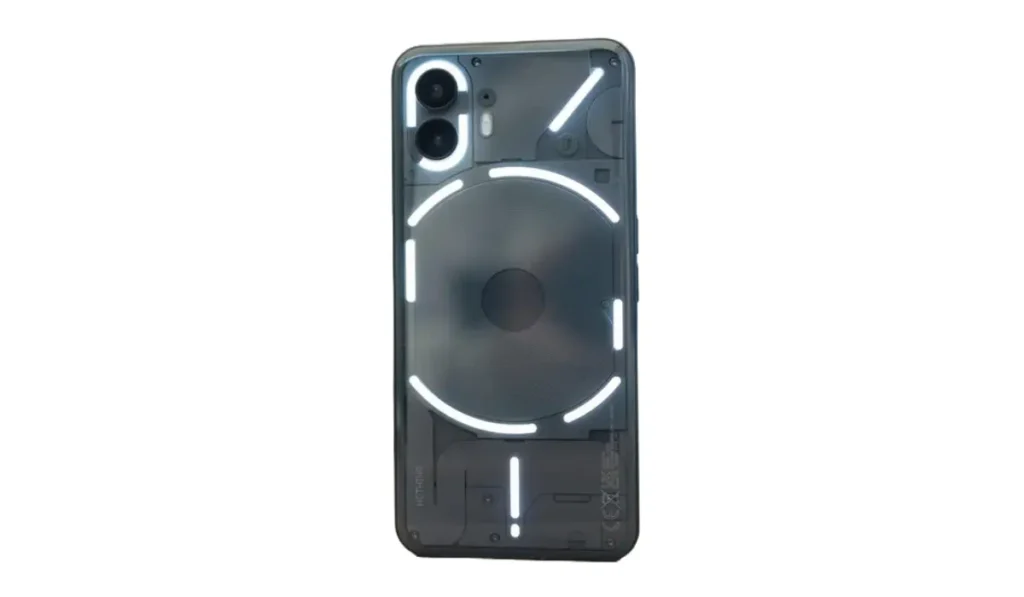
The LED lights on the back of the Phone (2) have been upgraded to be brighter and whiter, with more addressable zones for added functionality. For example, you can now use the LEDs for a countdown timer or a progress indicator for third-party apps like Uber and Zomato. These LEDs may be a bit of a novelty, but they add a unique touch that some users will find charming and useful.
Nothing Phone 2: Battery Life and Camera
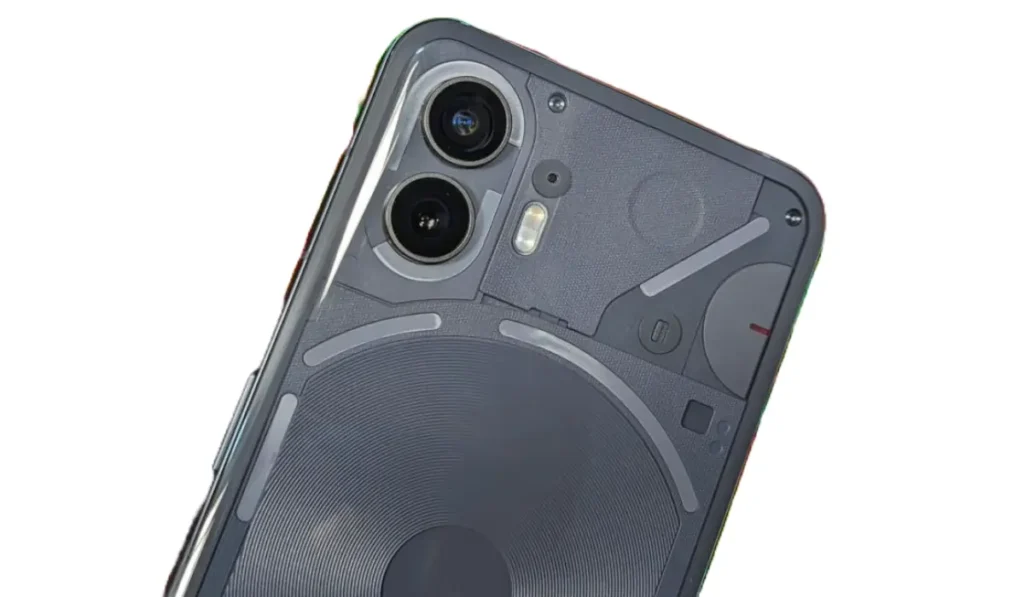
Battery life is one of the most significant improvements in the Phone (2). With a larger 4,700 mAh battery, a more power-efficient chip, and faster 45W charging, the phone easily handles 6-7 hours of screen-on time, even with heavy usage.
However, the camera system is less impressive. Despite featuring upgraded 50-megapixel sensors, the quality of the images isn’t quite up to par with other phones in the same price range. Low-light performance is particularly lacking, and there’s a strange ghosting issue with moving subjects, which may be a bug that needs fixing.
Conclusion
The Nothing Phone (2) has a higher price point than its predecessor, starting at $599 for the base model. For some, this increase may not seem justified based on specs alone. However, the Phone (2) is not just about hardware. It’s defined by its unique software and design choices that give it a distinct personality in a crowded market.
If you appreciate a phone with character and don’t mind a few quirks, the Nothing Phone (2) might just be worth considering. While it may not have the most cutting-edge specs, it offers a fresh, fun experience that sets it apart from the competition.
Final Verdict: The Nothing Phone (2) might not be perfect, but it’s certainly different, and sometimes, that’s exactly what you need.

Unboxing the Future: Tech Reviews & News

